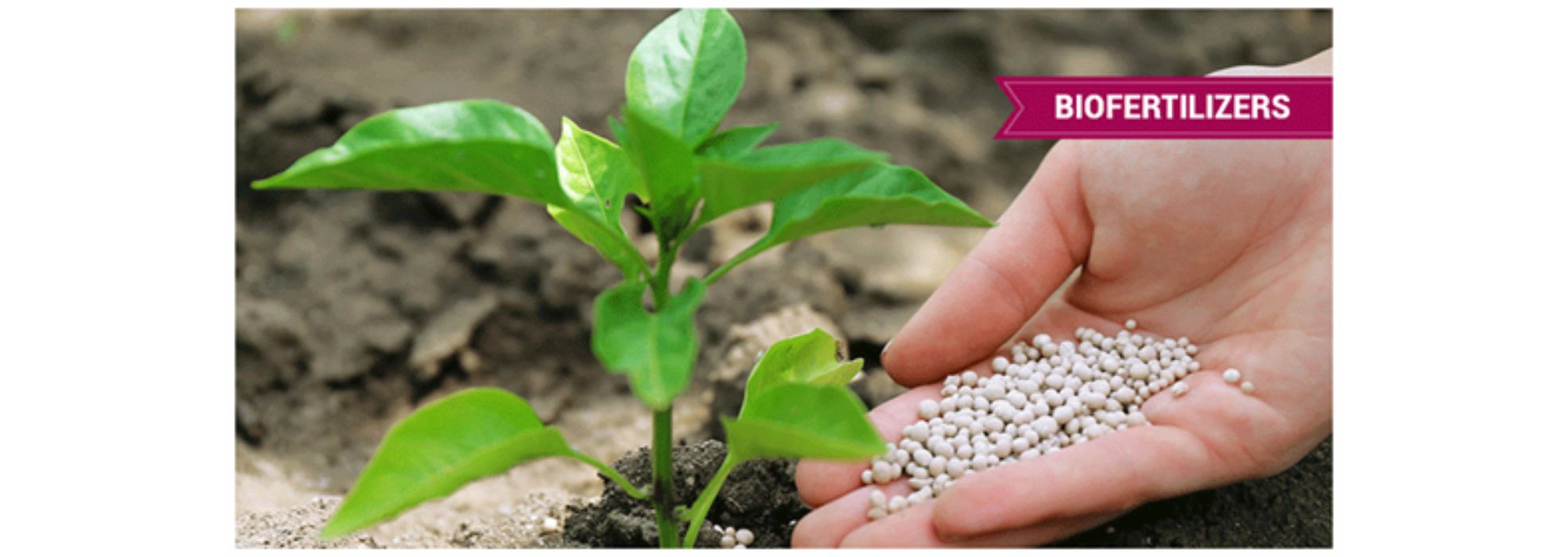Boosting Cotton Growth: The Role of Biofertilizers Across Different Soil Conditions
June 5, 2024the quest for sustainable agriculture,
the use of biofertilizers has emerged as a promising alternative to chemical
fertilizers. Biofertilizers, composed of living microorganisms, enhance soil
fertility and promote plant growth by increasing the availability of essential
nutrients. This blog explores the impact of biofertilizers on the growth and
yield of cotton across various soil conditions, shedding light on their
potential to revolutionize cotton farming.
Understanding Biofertilizers
Biofertilizers contain beneficial
microorganisms such as bacteria, fungi, and algae that establish symbiotic
relationships with plant roots. These microorganisms help in:
Nitrogen Fixation: Converting
atmospheric nitrogen into a form accessible to plants.
Phosphorus Solubilization: Making
phosphorus available to plants by breaking down soil-bound phosphate.
Hormone Production: Enhancing plant
growth through the production of growth-promoting hormones.
Disease Suppression: Inhibiting the
growth of plant pathogens through competition and production of antimicrobial
substances.
Impact on Cotton Growth and Yield
The effectiveness of biofertilizers on
cotton growth and yield can vary significantly based on soil conditions. Here’s
how biofertilizers perform in different soil types:
1. Sandy Soils
Sandy soils, characterized by large
particles and poor nutrient retention, often challenge cotton farmers.
Biofertilizers can significantly benefit sandy soils by:
Improving Nutrient Availability:
Microorganisms help retain nutrients that would otherwise leach away, ensuring
a steady supply to cotton plants.
Enhancing Soil Structure: The activity
of microorganisms promotes the formation of soil aggregates, improving water
retention and root penetration.
Result: Increased root biomass,
improved plant vigor, and higher yields.
2. Clay Soils
Clay soils, with their fine particles
and high nutrient-holding capacity, can be both a blessing and a curse. While
they hold nutrients well, they can also become compacted and waterlogged.
Alleviating Compaction:
Biofertilizers, especially those containing mycorrhizal fungi, can enhance root
penetration and reduce soil compaction.
Balancing Moisture Levels: Microbial
activity can improve soil aeration and water management, crucial for preventing
root diseases and enhancing nutrient uptake.
Result: Better root development,
reduced incidence of waterlogging, and increased yield stability.
3. Loamy Soils
Loamy soils are often considered ideal
for cotton due to their balanced texture and fertility. Even in these optimal
conditions, biofertilizers can further boost productivity.
Maximizing Nutrient Use Efficiency:
Biofertilizers enhance the availability and uptake of nutrients, ensuring that
cotton plants reach their full genetic potential.
Promoting Sustainable Practices:
Reducing the need for chemical fertilizers, and biofertilizers contribute to
long-term soil health and sustainability.
Result: Enhanced growth, optimized
nutrient use, and sustainable yield increases.
Practical Considerations
When incorporating biofertilizers into
cotton farming, consider the following:
Selection of Biofertilizer: Choose
biofertilizers tailored to the specific soil type and crop requirements. For
cotton, Rhizobium, Azotobacter, and mycorrhizal fungi are commonly used.
Application Method: Biofertilizers can
be applied as seed treatments, soil amendments, or foliar sprays. The method
should ensure effective colonization of plant roots.
Soil Testing: Regular soil testing
helps in understanding soil health and nutrient status, allowing for the
fine-tuning of biofertilizer applications.
Conclusion
Biofertilizers represent a sustainable
and effective solution for enhancing cotton growth and yield across diverse
soil conditions. By harnessing the power of beneficial microorganisms, farmers
can achieve healthier crops, improved soil fertility, and increased resilience
against environmental stresses. As agriculture moves towards more eco-friendly
practices, biofertilizers are poised to play a crucial role in the future of
cotton farming.
By integrating biofertilizers into
cotton cultivation, we can foster a more sustainable and productive
agricultural landscape, ensuring long-term benefits for both farmers and the
environment
At krishibazaar.in, you can find and buy various agricultural products. For agricultural guidance on selecting the most suitable products for your crops, please contact or WhatsApp at +917887880887






Guest reviews
No reviews found for this Blog